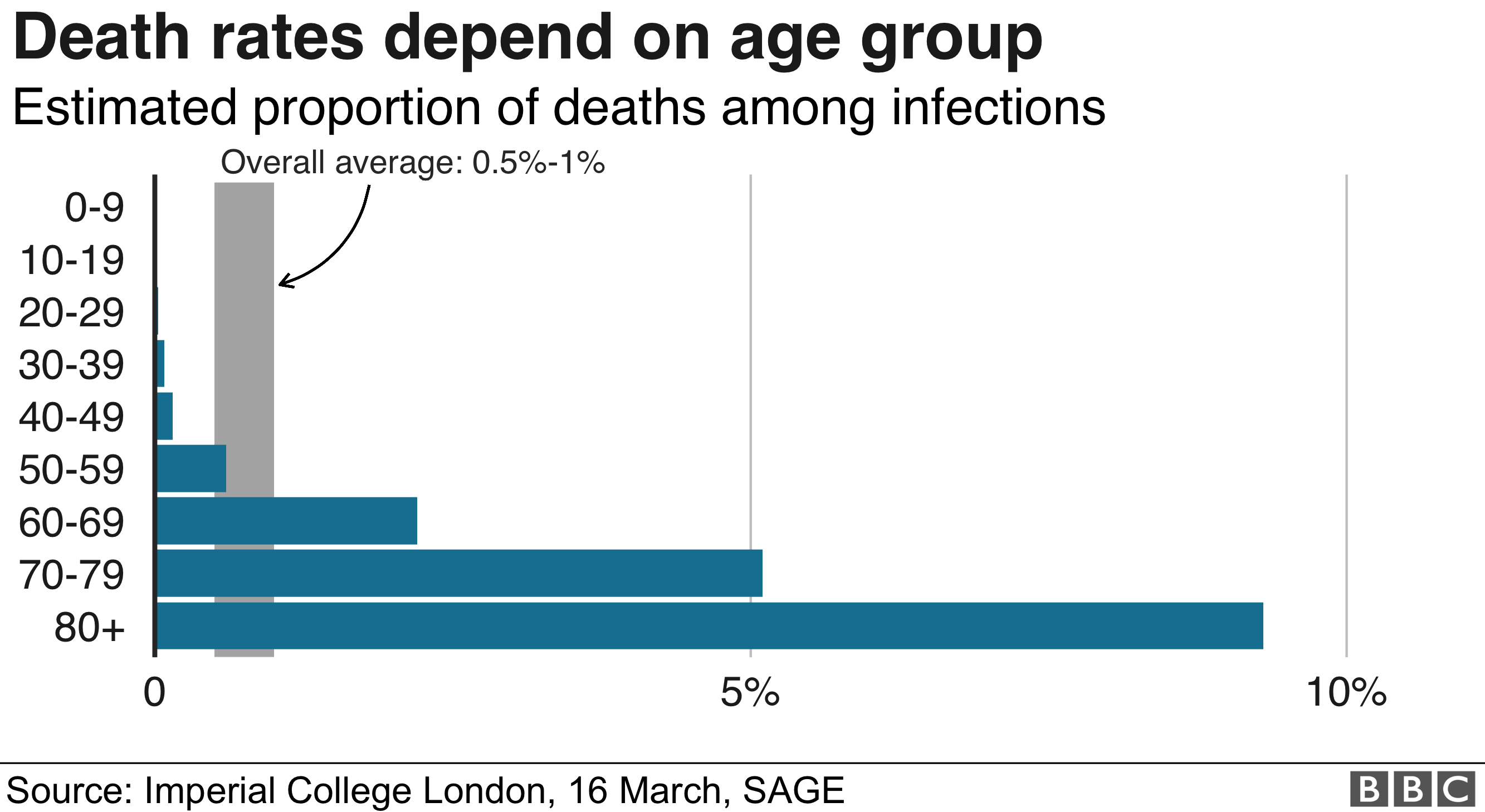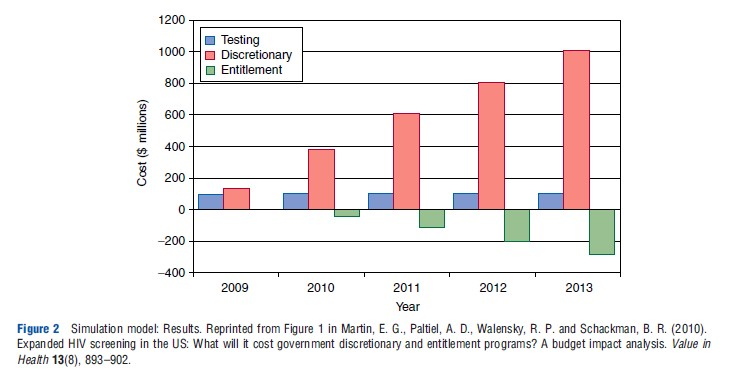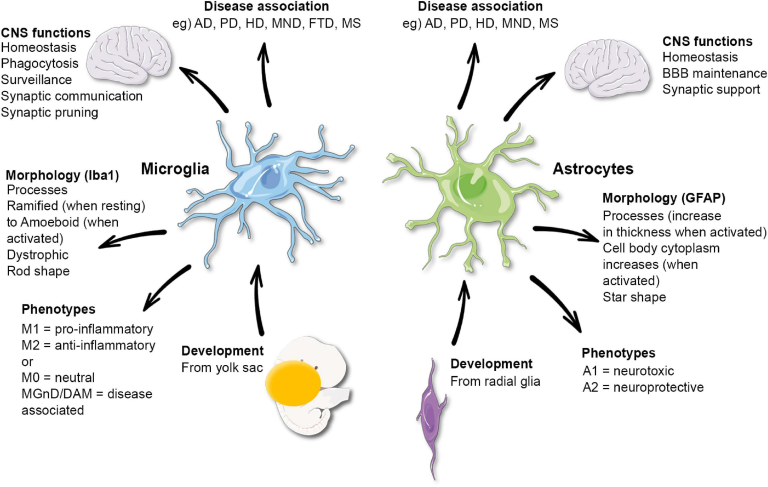Mortality rates have long served as a critical indicator of public health, shedding light on the disparities that exist between various demographic groups. Recent studies reveal that while overall life expectancy in America has increased, significant gaps remain, particularly affecting Black and White Americans. Strikingly, the infant mortality rates highlight a troubling trend where Black infants are now dying at rates almost double that of their White counterparts. This alarming statistic underscores the persistent healthcare disparities and racial health inequalities that have plagued the nation for decades. Understanding these mortality rates is crucial in addressing the systemic inequities in the healthcare system and paving the way for better future outcomes.
When discussing mortality statistics, it is vital to consider the broader implications of health disparities observed across different racial groups in the United States. The alarming trends surrounding infant survival rates draw attention to the urgent need for addressing healthcare access and quality. The troubling evidence of worsening infant mortality rates among Black communities compared to their White peers reveals deep-rooted challenges related to public health policies. These issues resonate beyond mere numbers; they reflect profound racial health inequalities that underline the necessity for targeted interventions. As life expectancy continues to rise in America, the focus must shift toward mitigating disparities and ensuring equitable healthcare for all.
Understanding Mortality Rates Among Black and White Americans
Over the past seventy years, mortality rates among Black and White Americans have undergone significant changes, highlighting alarming discrepancies. While overall life expectancy has improved for both groups, with a marked increase for Black Americans from 60.5 years in the 1950s to 76 years in the 2010s, the racial health inequalities persist. Current data shows that Black Americans still experience an 18% higher mortality rate compared to their White counterparts, which raises critical questions about equity in healthcare delivery and access.
The narrowing of mortality rates in the population at large does not equate to equally improved health outcomes for all demographic groups. For instance, the marginal improvements in life expectancy mask a troubling reality: while Black adults are living longer, infants face a stark contrast. The continued suffering of Black infants, who now die at a rate 115% higher than White infants, demands urgent action from healthcare policymakers and advocates. This stark disparity underscores the necessity for targeted interventions that address the root causes of racial health disparities.
The Widening Infant Mortality Rate Disparity
The trend in infant mortality rates reveals a troubling narrative that contradicts the overall progress in life expectancy among adults. Medical conditions during pregnancy have been identified as the primary contributors to excess mortality for Black infants, highlighting not only healthcare disparities but systemic inequalities in maternal health services. Factors such as access to quality prenatal care, proper nutrition, and socio-economic stability play crucial roles in determining infant health outcomes and survival rates. This multifaceted issue signals a profound need for holistic approaches in healthcare that encompass both physical and socio-economic dimensions.
Between the 1950s and now, while improvements have been made in healthcare overall, the persistent gap between Black and White infant mortality suggests that systemic issues remain unresolved. Public health initiatives must address these disparities head-on, implementing policies that specifically target the needs of Black families. By ensuring equitable access to comprehensive prenatal and postnatal care, the goal of reducing infant mortality rates can be achieved—regardless of race, thereby promoting health equity within American society.
Impact of Healthcare Disparities on Racial Groups
Healthcare disparities between racial groups persist as a significant challenge in the U.S., highlighting critical inequities that disproportionately affect the Black community. Studies over the last 70 years reveal that various factors can lead to these disparities, including unequal access to healthcare, systemic racism, and varying quality of medical care. Such issues result in adverse health outcomes, as exhibited in the higher mortality rates among Black Americans. Understanding the nuances of these healthcare disparities is fundamental for formulating effective interventions that aim to equalize health outcomes.
To combat these healthcare disparities, there must be an unwavering commitment to addressing the social determinants of health, which include education, income, and housing conditions. By adopting a more inclusive approach, healthcare systems can ensure that all individuals, regardless of race, have access to essential services. Policymakers need to prioritize initiatives that dismantle the barriers affecting healthcare accessibility and quality, thereby paving the way for improved health statistics and enhanced life expectancy across the board.
Addressing Racial Health Inequalities Through Policy Change
The persistent racial health inequalities, particularly regarding mortality rates, necessitate urgent policy changes aimed at creating a more equitable healthcare system. Policymakers and health authorities must focus their attention and resources on the communities that require the most assistance, particularly in addressing the factors contributing to higher infant mortality rates among Black Americans. Policies that promote comprehensive healthcare access, education, and community health resources can be pivotal in bridging the existing health chasm.
Moreover, public health campaigns must become increasingly inclusive, recognizing and responding to the unique challenges faced by different communities. Through targeted outreach programs, educational initiatives designed to raise awareness about available resources, and partnerships with community organizations, we can begin to see a positive shift in health outcomes. The goal must be not only to reduce disparities but to achieve equity in health, where every individual has the opportunity to achieve a healthy life, irrespective of their racial or ethnic background.
The Role of Research in Understanding Mortality Trends
In-depth research plays a pivotal role in unveiling the complexities surrounding mortality trends among racial groups. The recent study conducted by Harvard researchers spans over seven decades, shedding light on the evolving landscape of health outcomes across Black and White Americans. Unlike shorter studies, this long-term analysis provides a comprehensive view of how mortality rates have changed and emphasizes the need for continuous research into the underlying factors driving disparities.
The findings of such studies are essential for informing public health strategies and initiatives aimed at reducing mortality rates. As researchers collect and analyze data from diverse geographical areas and demographic groups, they can identify patterns and determinants that contribute to health disparities. Continued emphasis on rigorous and inclusive research will enable policymakers to understand the breadth of the issues at hand and to devise effective interventions that can address the systemic challenges faced by marginalized communities.
Future Directions for Reducing Mortality Rates
Looking toward the future, it is imperative that public health officials prioritize strategies aimed at reducing mortality rates, especially among vulnerable populations. As highlighted by the findings of the recent study, where a startling number of Black American lives could have been saved with equitable healthcare access, the need for action is evident. Policymakers must take heed of these disparities and implement evidence-based approaches to healthcare that ensure everyone receives the care they need.
Key areas for focus should include enhancing maternal health services, increasing access to preventive care, and addressing social determinants of health. By fostering collaborations between healthcare providers, community organizations, and policy-makers, it is possible to create sustainable changes that lead to improved health outcomes for all racial groups. Prioritizing these initiatives will enable a collective movement toward health equity, endeavoring to close the gap in mortality rates and paving the way for a healthier future for all Americans.
The Importance of Community Outreach Programs
Community outreach programs play a significant role in mitigating healthcare disparities and improving health outcomes. Engaging with Black communities through targeted educational initiatives and health resource distribution can empower individuals to make informed decisions regarding their health. These programs can also provide crucial information about available healthcare services, thereby increasing utilization rates among populations that may otherwise face barriers to access.
Moreover, community outreach efforts can contribute to building trust between healthcare providers and marginalized communities. By fostering relationships that prioritize understanding and compassion, healthcare professionals can enhance patient engagement and satisfaction. Ultimately, successful outreach initiatives have the potential to decrease mortality rates and promote healthier lifestyles through supportive, culturally competent care.
Long-term Effects of Healthcare Disparities on Life Expectancy
The long-term effects of healthcare disparities are evident in the life expectancy rates of different racial groups in America. While the overall life expectancy has increased, the gap between Black and White individuals remains concerning. Disparities in access to preventive measures, treatment options, and quality care contribute significantly to the variation seen in life expectancy across racial lines. This gap not only reflects the immediate impacts on health but also symbolizes systemic issues rooted in social and economic injustice.
To counteract these long-term effects, a systemic overhaul is necessary. Policymakers must prioritize equity in healthcare initiatives that address socioeconomic determinants, thereby fostering environments where all individuals can thrive. Innovations in healthcare delivery models, coupled with comprehensive education strategies, could significantly reduce these disparities, ultimately improving life expectancy for all Americans, leveling the playing field in health outcomes across races.
Encouraging Collaboration Among Stakeholders
Addressing the mortality rate discrepancies among racial groups requires a collaborative approach among a diverse range of stakeholders, including policymakers, healthcare providers, researchers, and community leaders. Partnerships that bring together these stakeholders can facilitate the development of comprehensive strategies to tackle the systemic issues contributing to healthcare disparities. Through collaboration, resources can be aligned, and initiatives can be implemented effectively to reach those most affected by these disparities.
Additionally, stakeholders must remain focused on inclusive practices and culturally competent care initiatives that resonate with different populations. Strengthening these collaborations will not only enhance the effectiveness of health interventions but also empower communities to advocate for their health needs. Ultimately, fostering a collaborative atmosphere can prove essential in bridging mortality rate gaps and achieving health equity in America.
Frequently Asked Questions
What are the main findings regarding mortality rates between Black and White Americans?
Recent studies show that while overall mortality rates between Black and White Americans have narrowed, Black Americans still experience higher mortality rates, particularly among infants, where the gap has widened. Black adults have an 18% higher mortality rate compared to White adults, while Black infants die at rates nearly twice that of White infants.
How have infant mortality rates changed for Black Americans compared to White Americans?
Infant mortality rates for Black Americans have worsened over the decades, with current studies indicating a 115% higher mortality rate for Black infants compared to White infants, worsening from a 92% difference in the 1950s. This alarming trend highlights the ongoing healthcare disparities affecting this demographic.
What factors contribute to the disparities in infant mortality rates between Black and White Americans?
The disparities in infant mortality rates are largely attributed to healthcare inequalities, including access to quality medical care during pregnancy and childbirth. Medical conditions during pregnancy emerge as significant causes of excess deaths among Black infants, showcasing the intersection of racial health inequalities and healthcare access.
What impact does the narrowing gap in life expectancy have on mortality rates?
While life expectancy has increased for both Black and White Americans, with improvements of 20.4% and 13% respectively, it does not negate the significant mortality disparities that remain. Black adults benefit less from overall improvements, maintaining a higher mortality rate compared to White Americans.
What does the 70-year study suggest about healthcare improvements in the U.S.?
The 70-year study indicates that while healthcare improvements have been observed in general practice, there remain critical gaps in racial health equality. Particularly, it underscores the need for targeted interventions to address the disproportionate impacts of healthcare access and quality on Black Americans.
How can public policy address the widening gap in infant mortality rates?
To address the widening gap in infant mortality rates, public policy must prioritize equity in healthcare. This includes investing in access to quality pre-natal and post-natal care for Black mothers, addressing social determinants of health, and improving awareness of the specific health needs within these communities.
What are the implications of the findings on mortality rates for future public health initiatives?
The findings underscore the urgency for public health initiatives to focus on reducing healthcare disparities and improving outcomes for Black Americans. This calls for more extensive research into the causes of the disparities and the development of targeted interventions that can effectively address the systemic issues identified.
| Group | Life Expectancy (Years) | Mortality Rate (Infants) | Disparity in Infant Mortality Rate (%) | Key Findings |
|---|---|---|---|---|
| Black Americans | 76 (2010s) | Twice as high as White infants | 115% worse than White infants | Mortality rates have worsened since 1950s. |
Summary
Mortality rates are a crucial indicator of public health, and recent studies show that while life expectancy among Black and White Americans has improved, there remains a glaring disparity, particularly in infant mortality rates. Despite the overall progress, Black infants are dying at rates double that of their White counterparts, highlighting an urgent need for policy intervention. This growing gap emphasizes the importance of addressing healthcare inequalities to prevent these unnecessary deaths and ensure that all Americans, regardless of race, can benefit from advancements in health standards.








